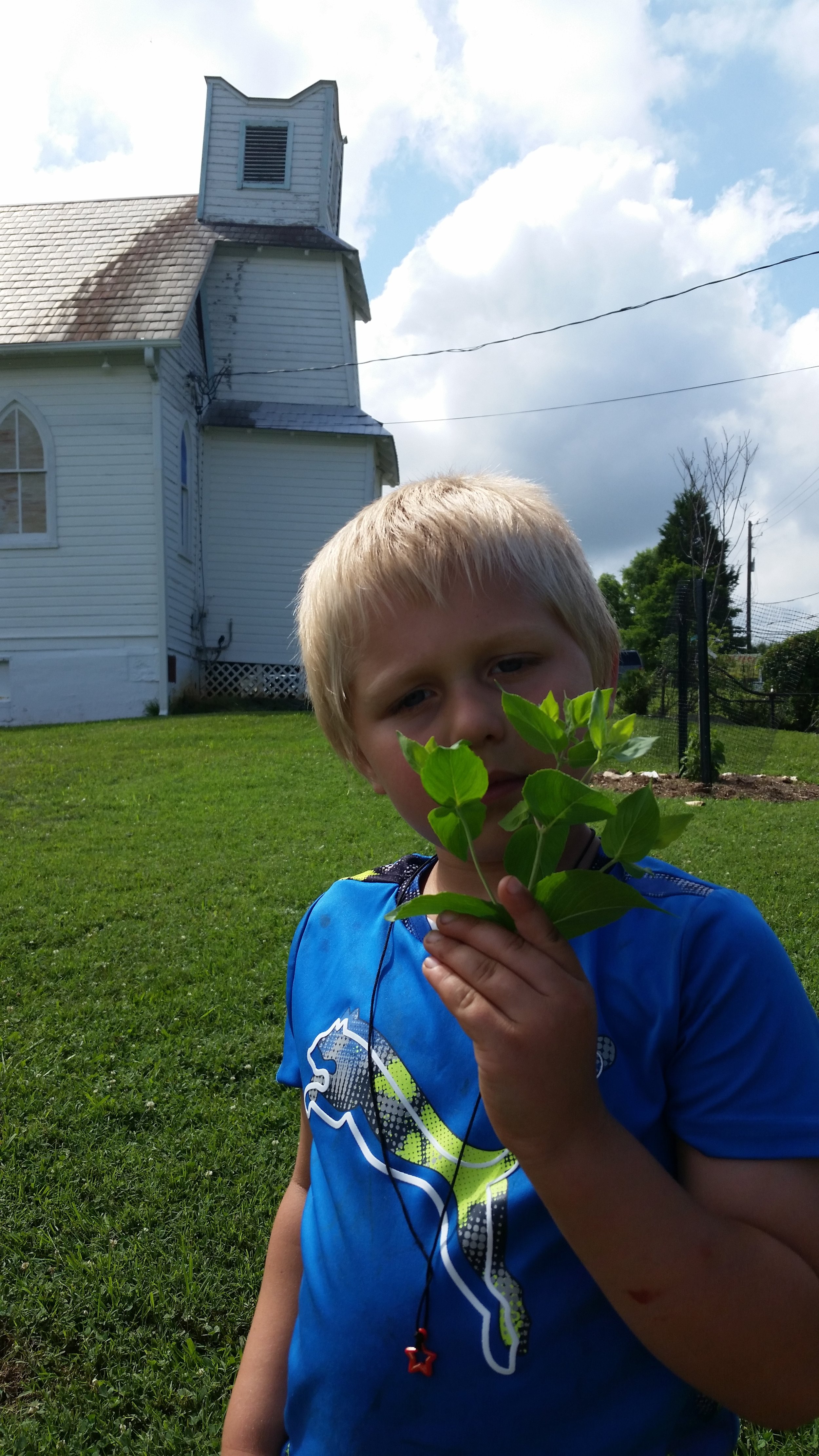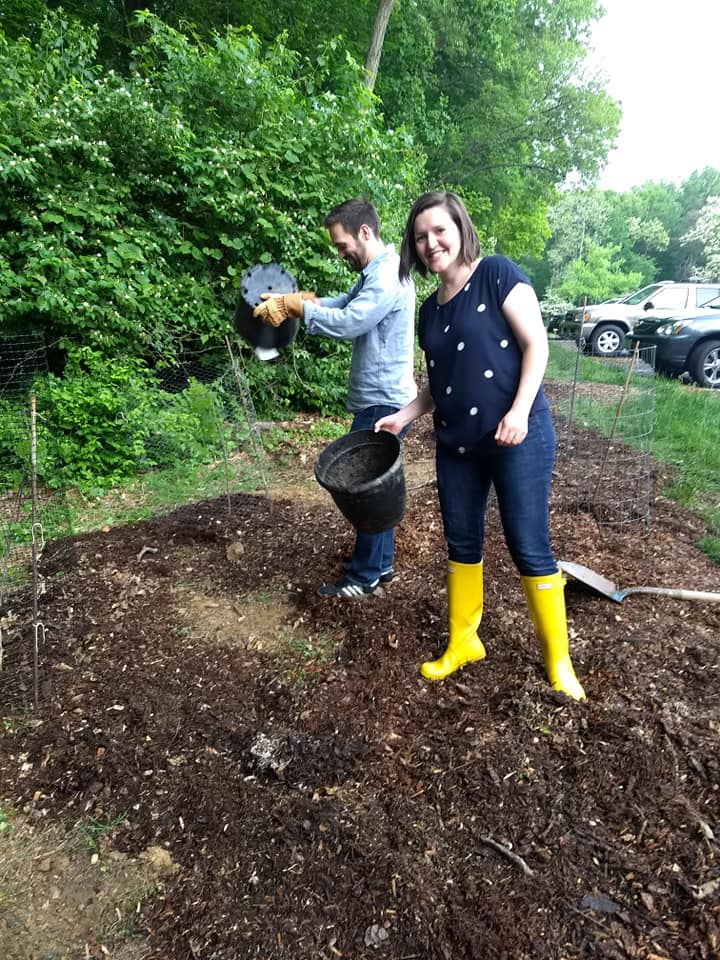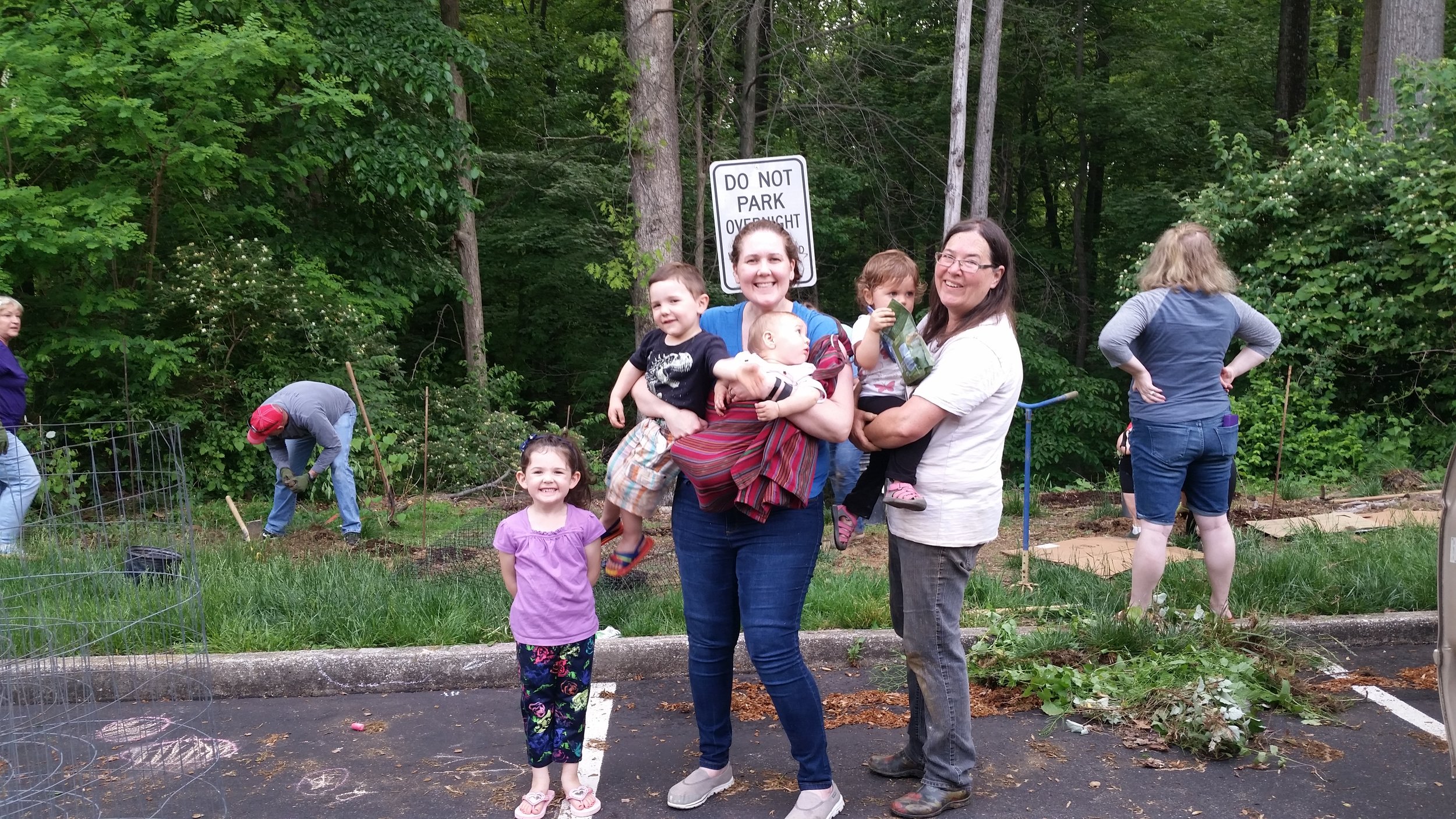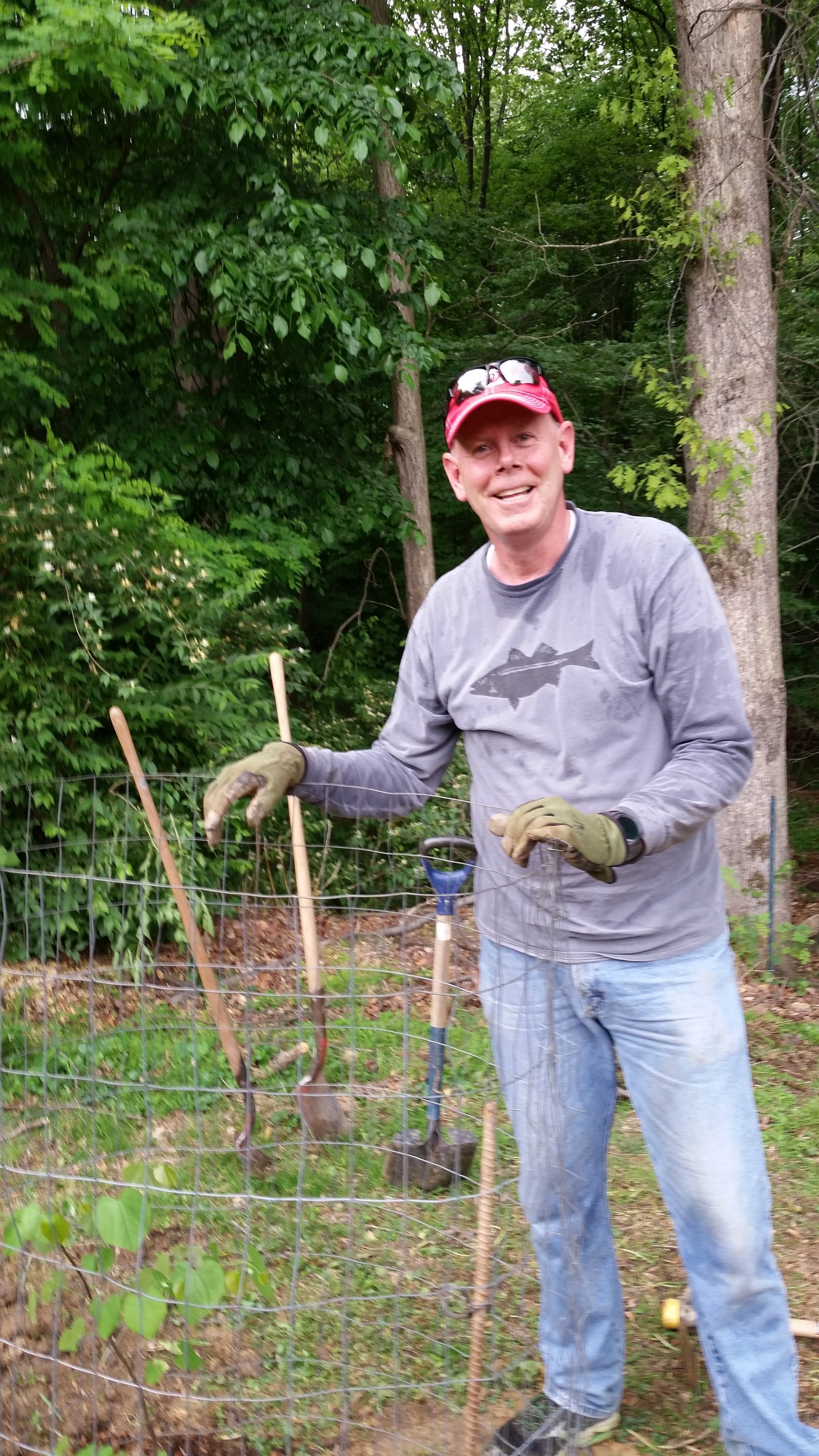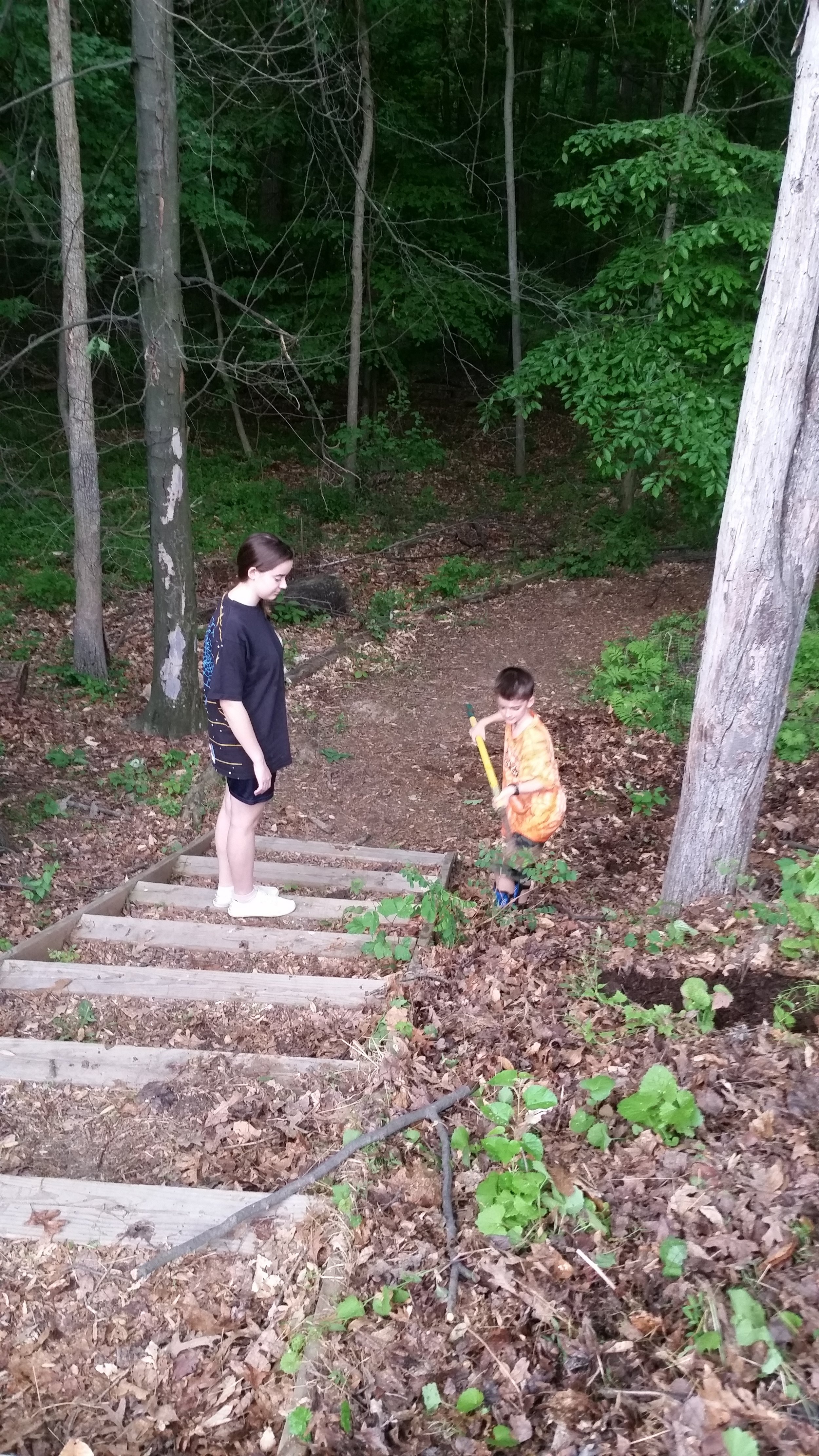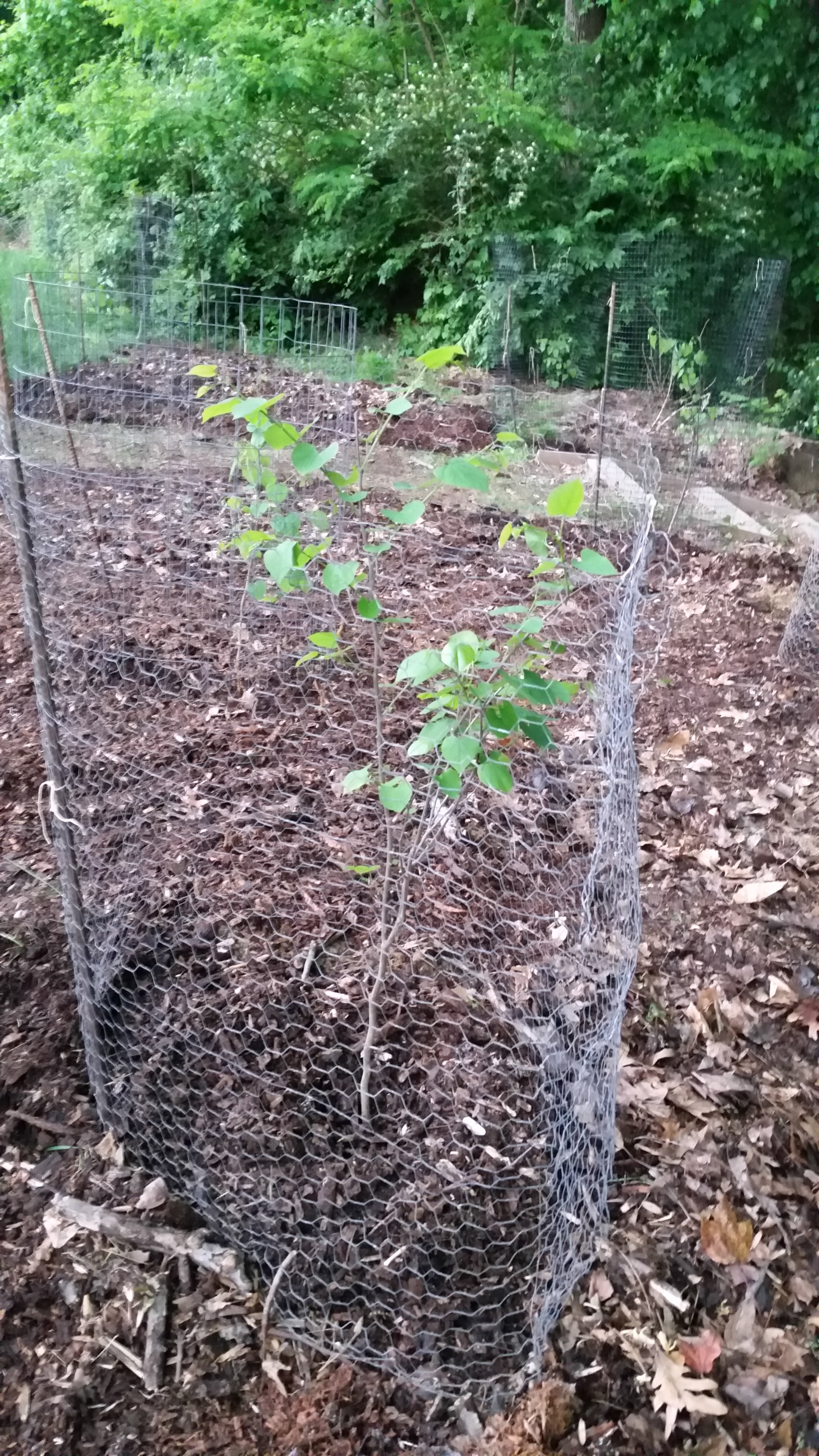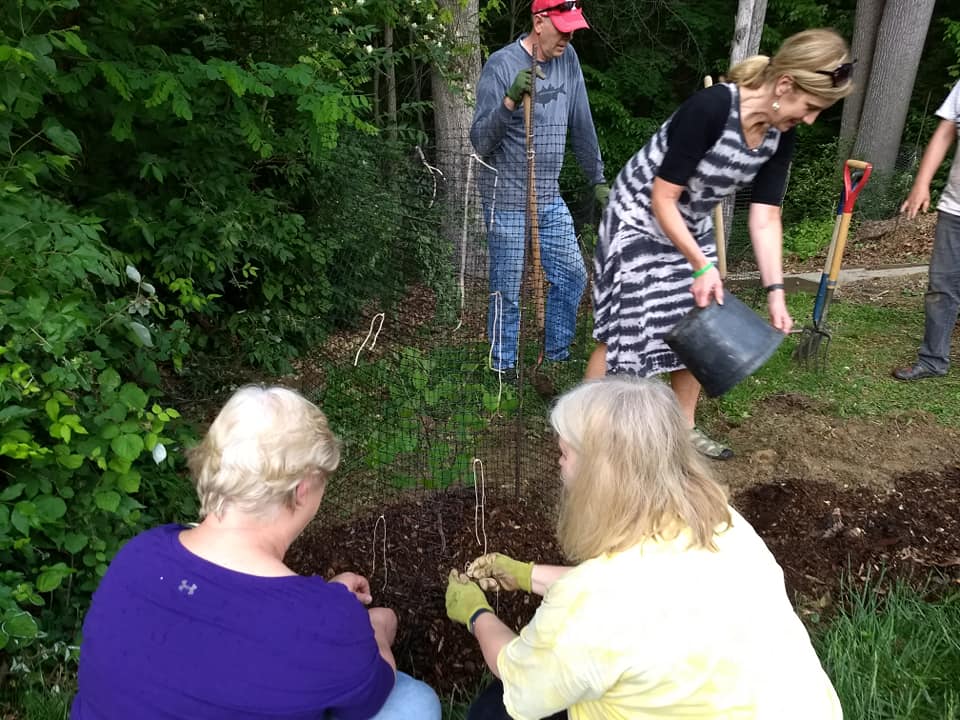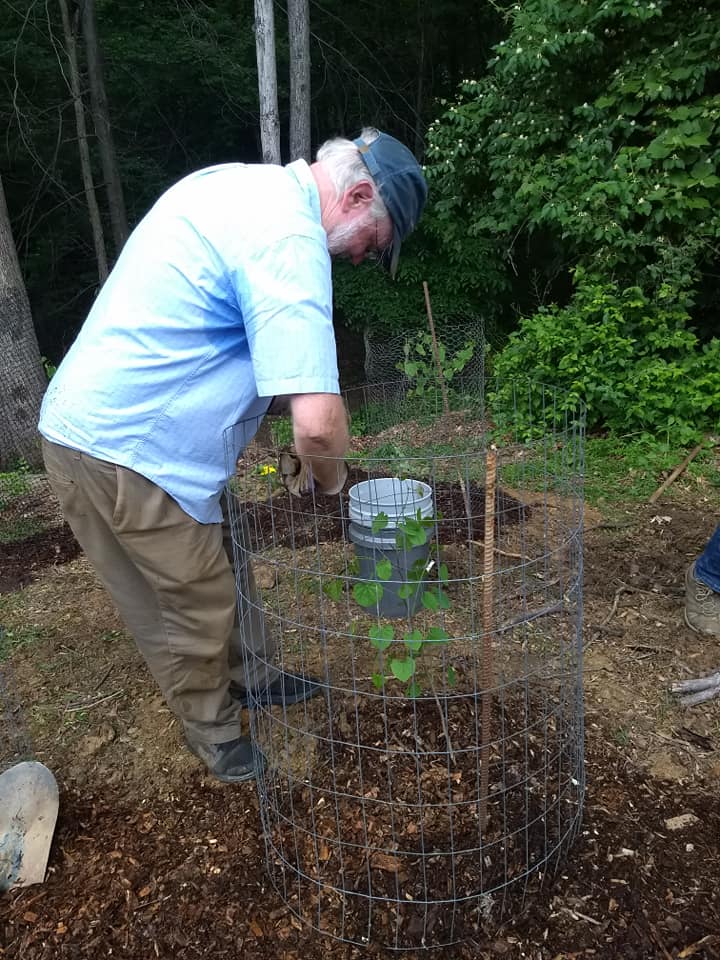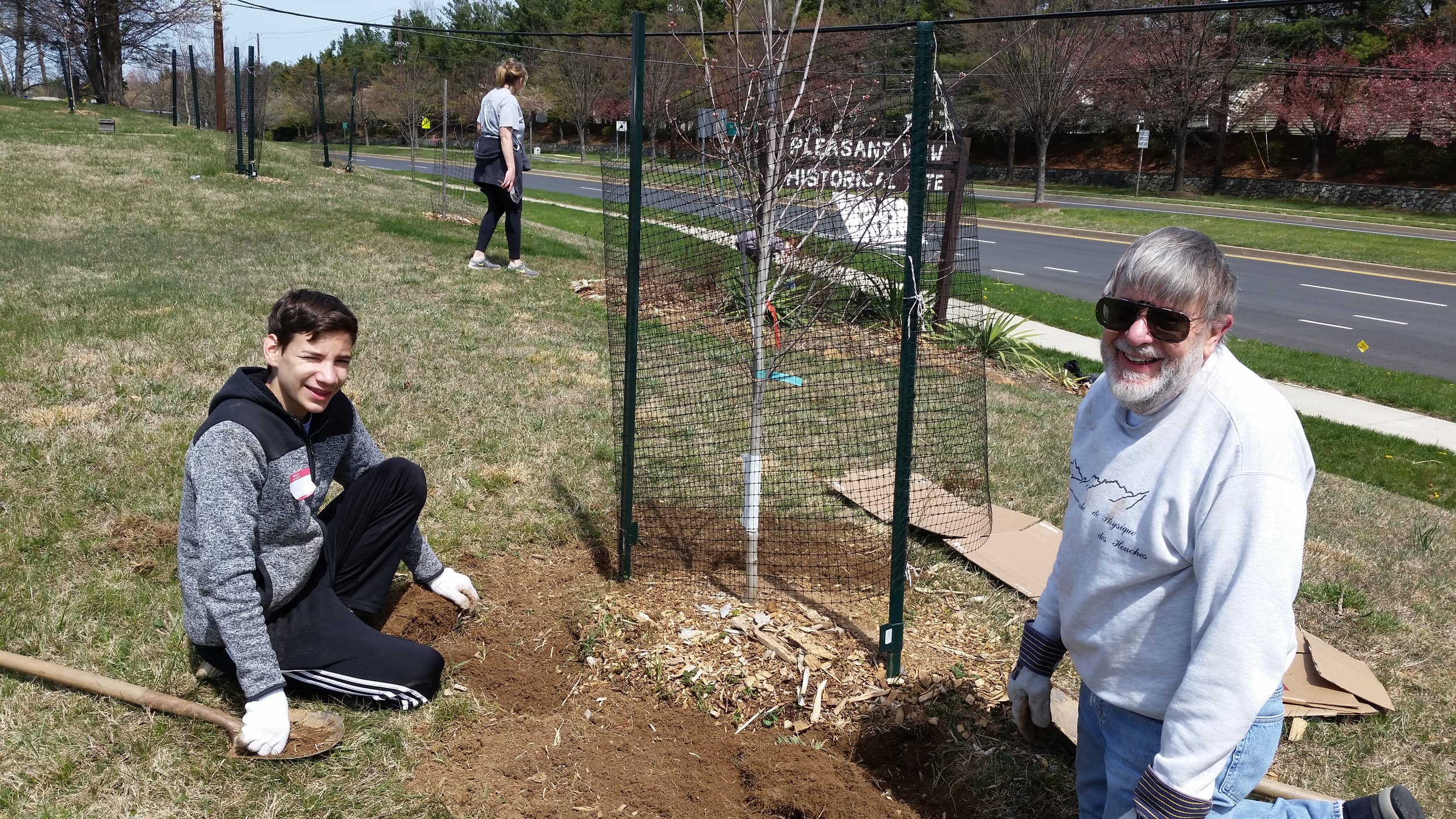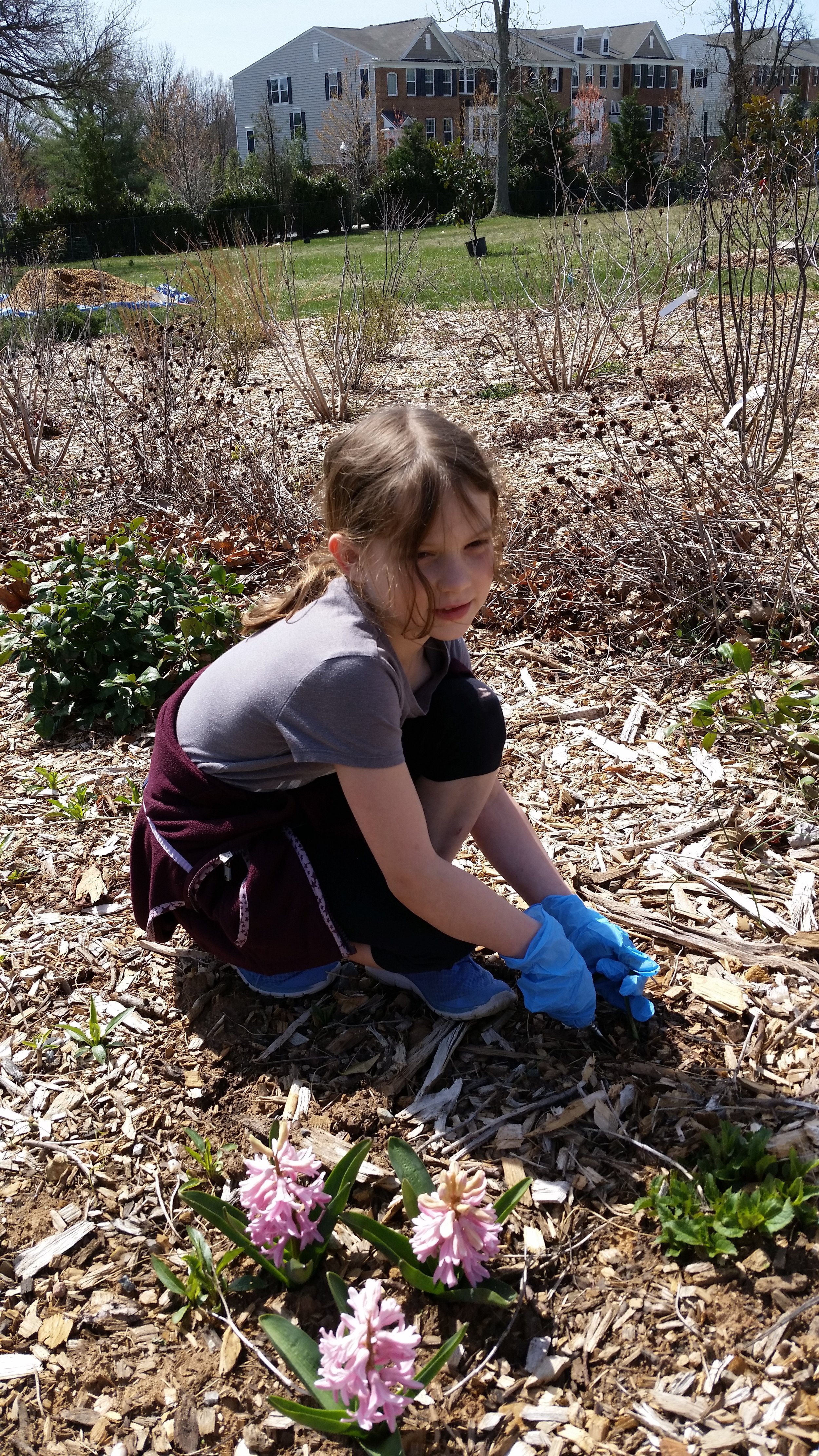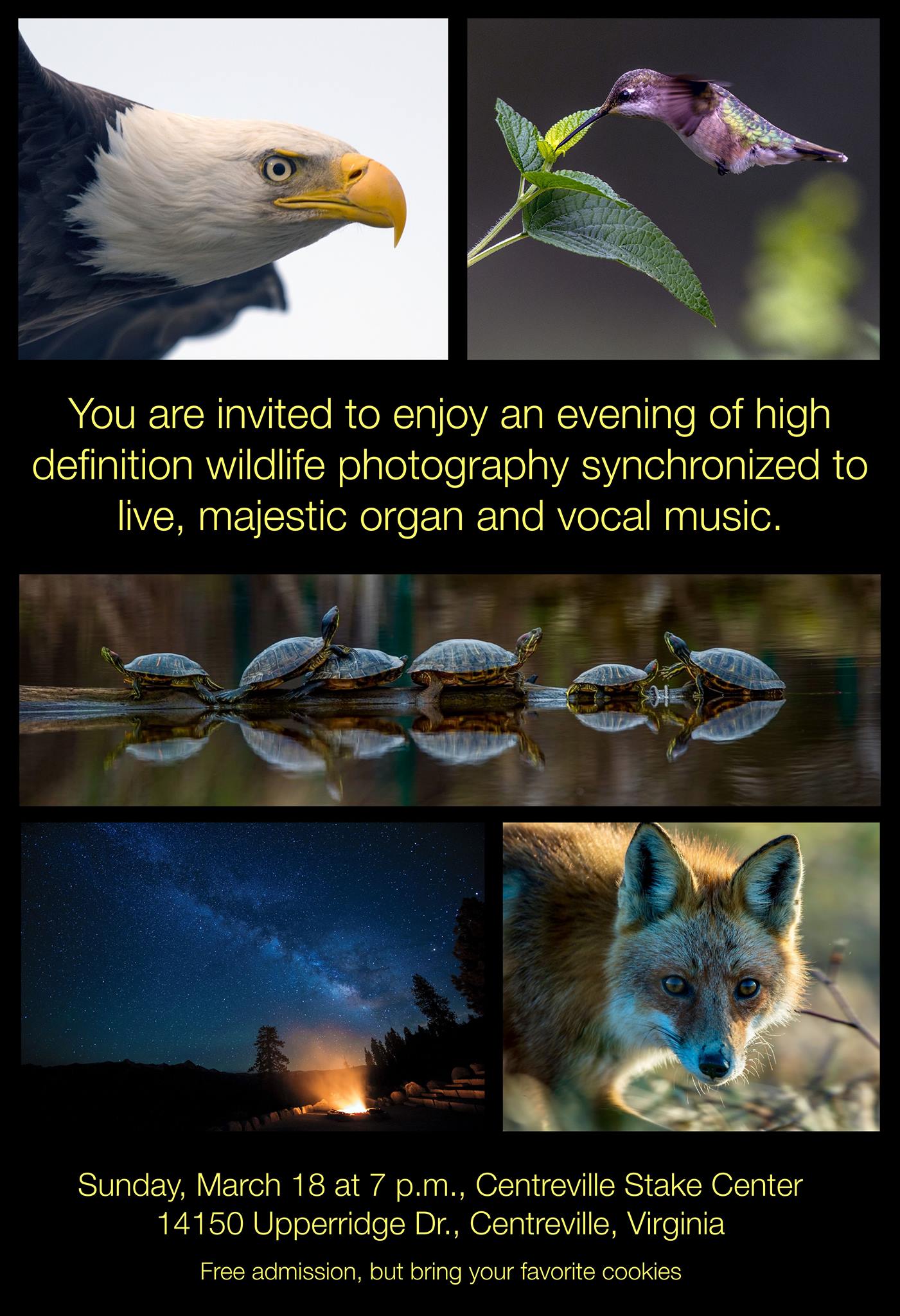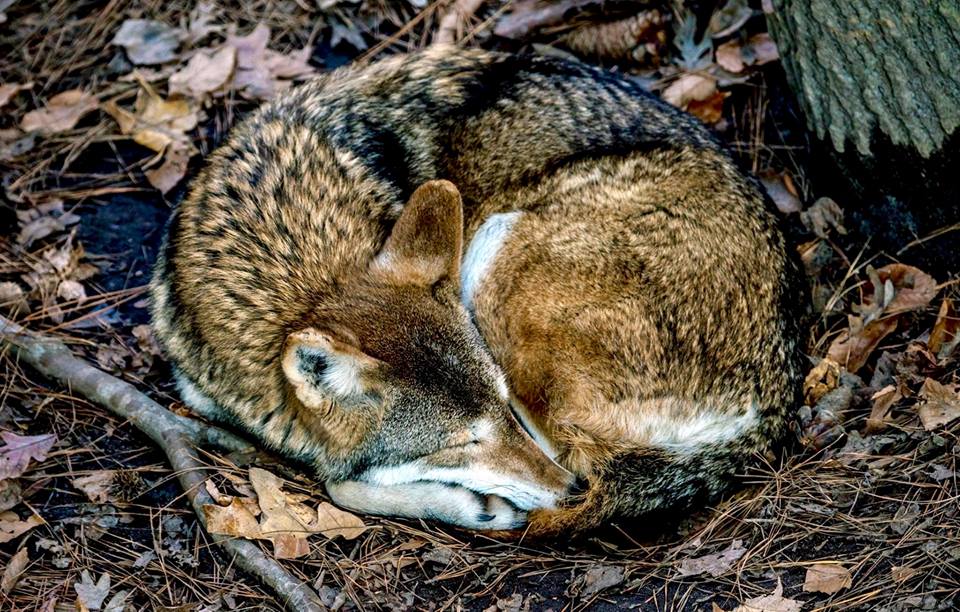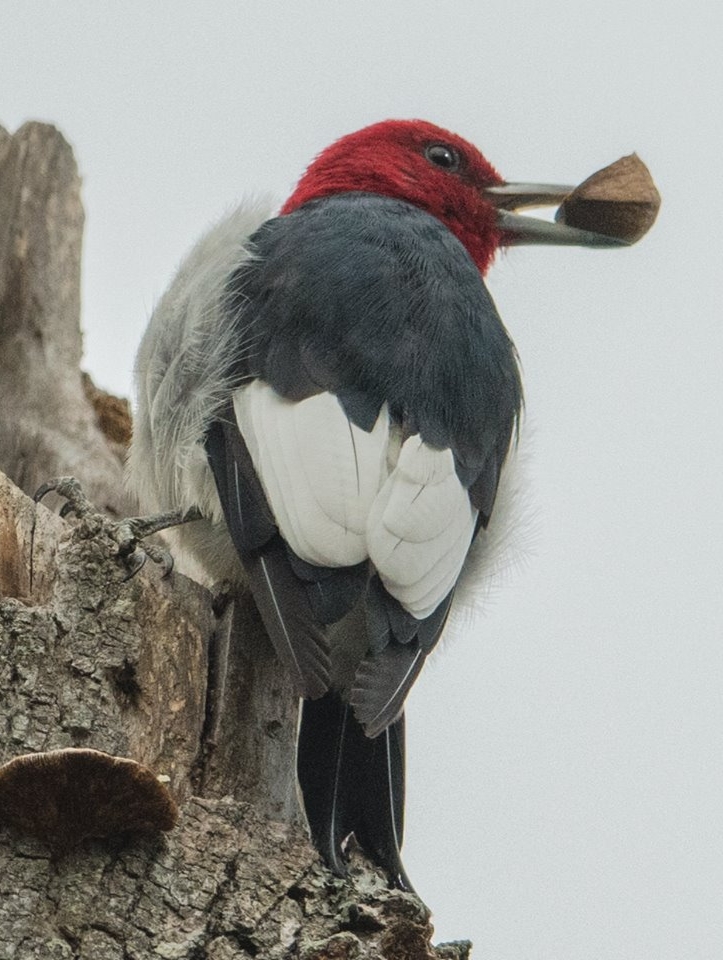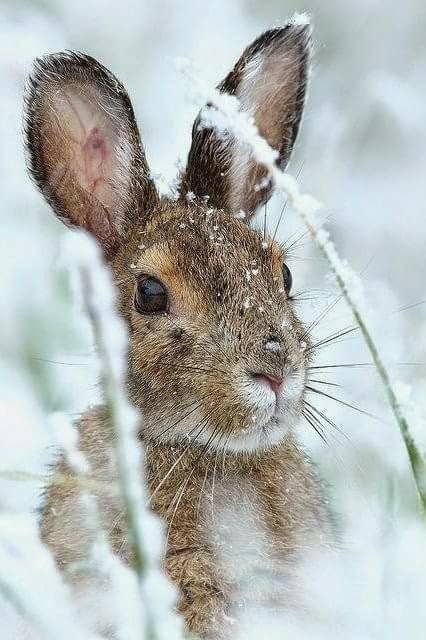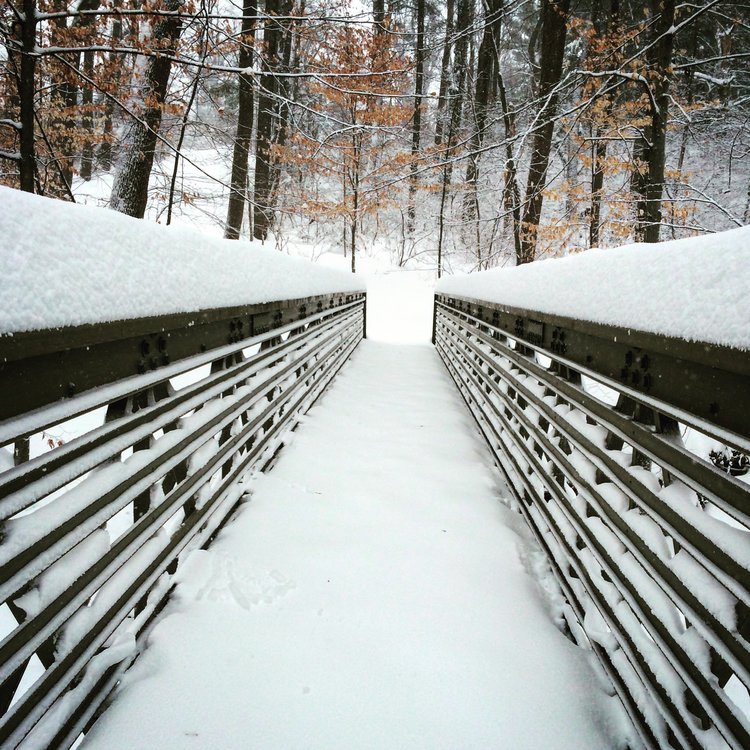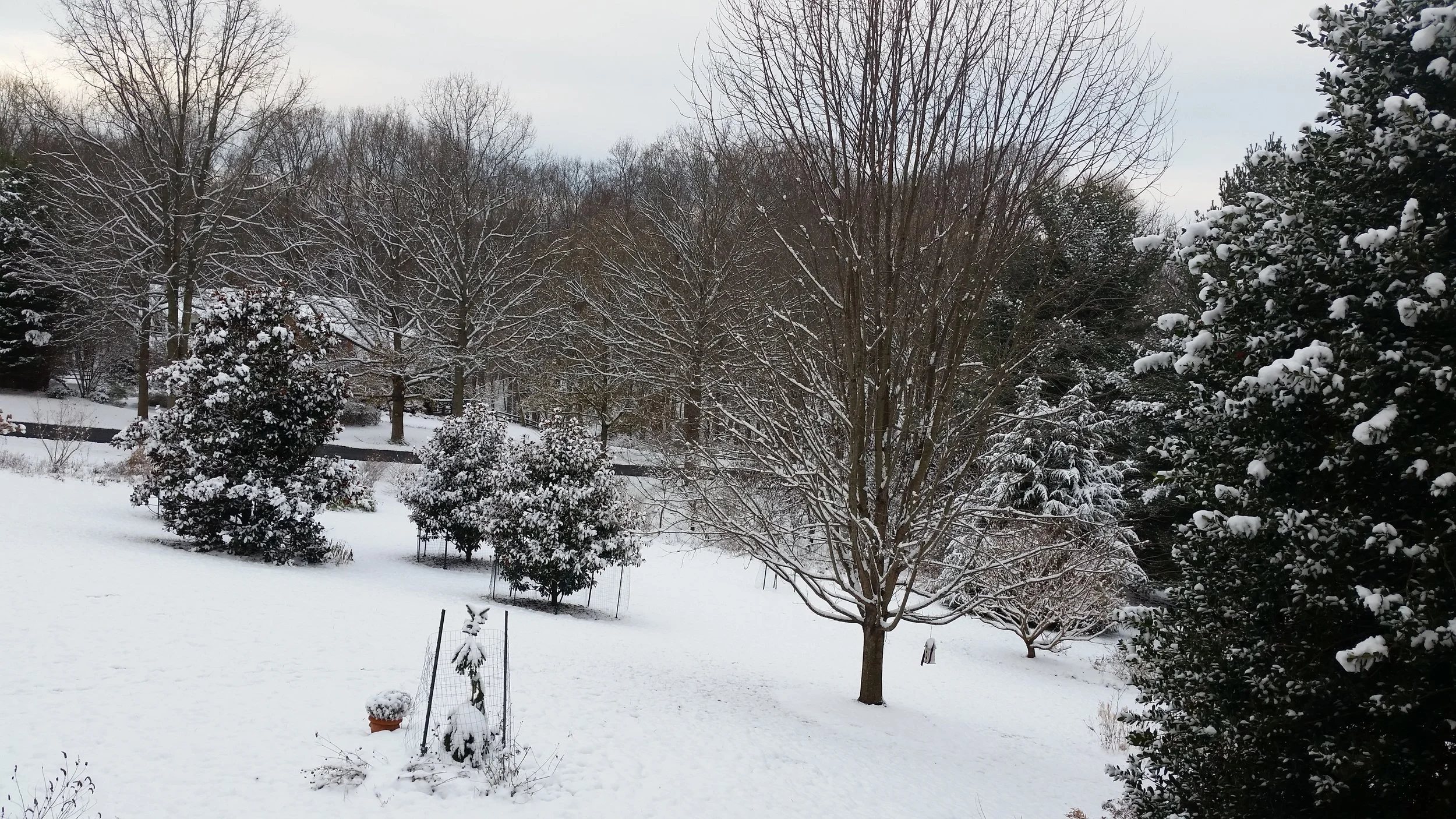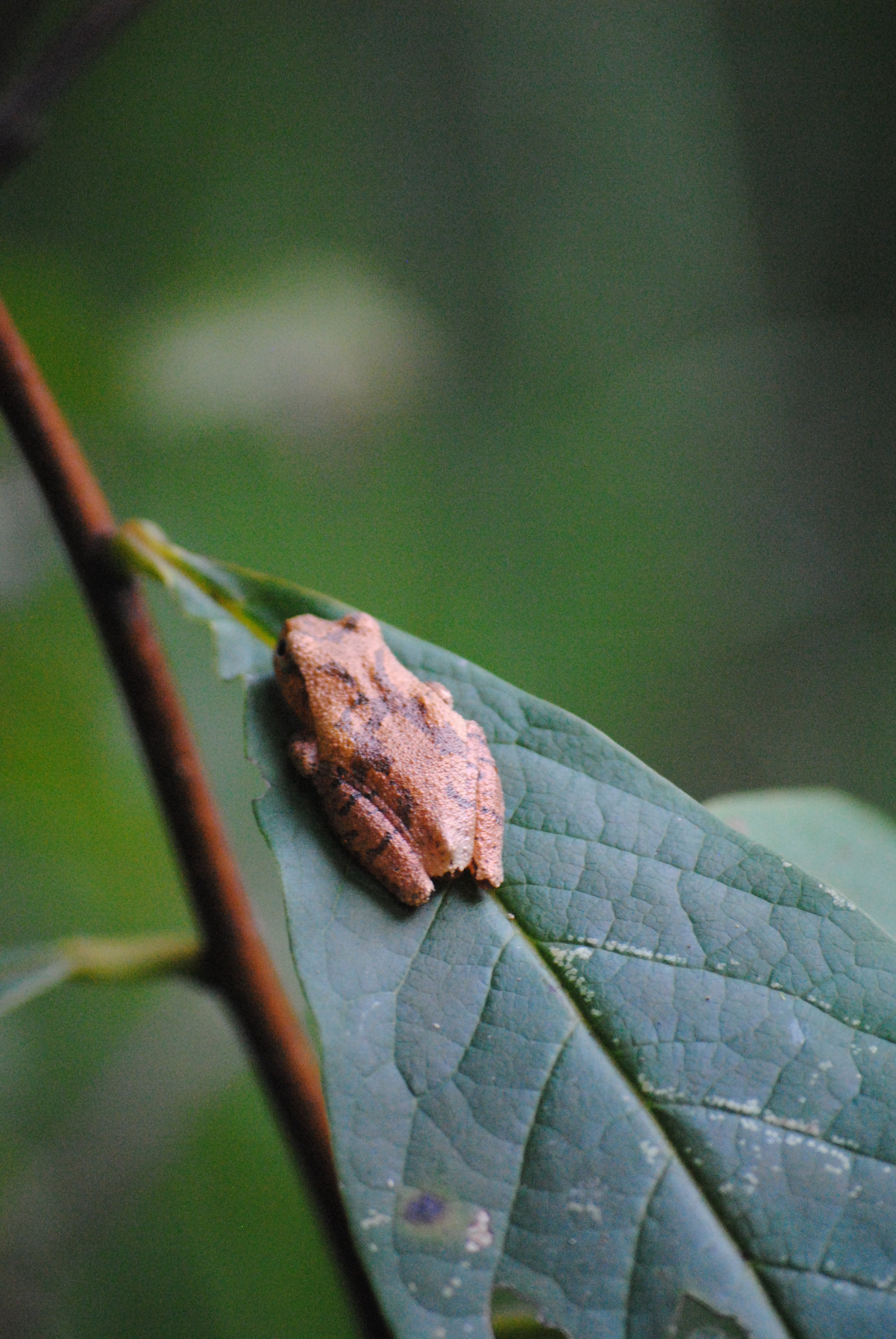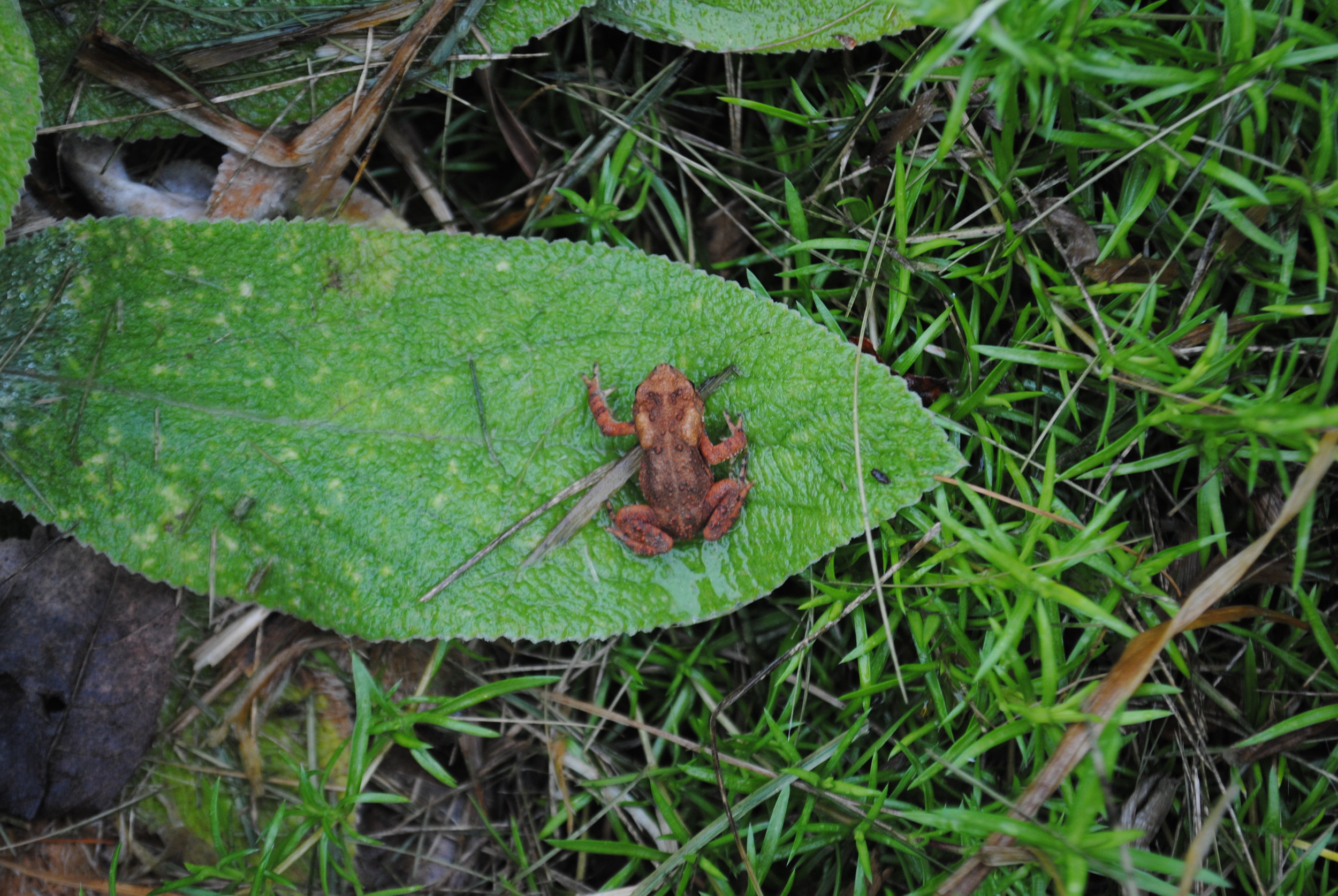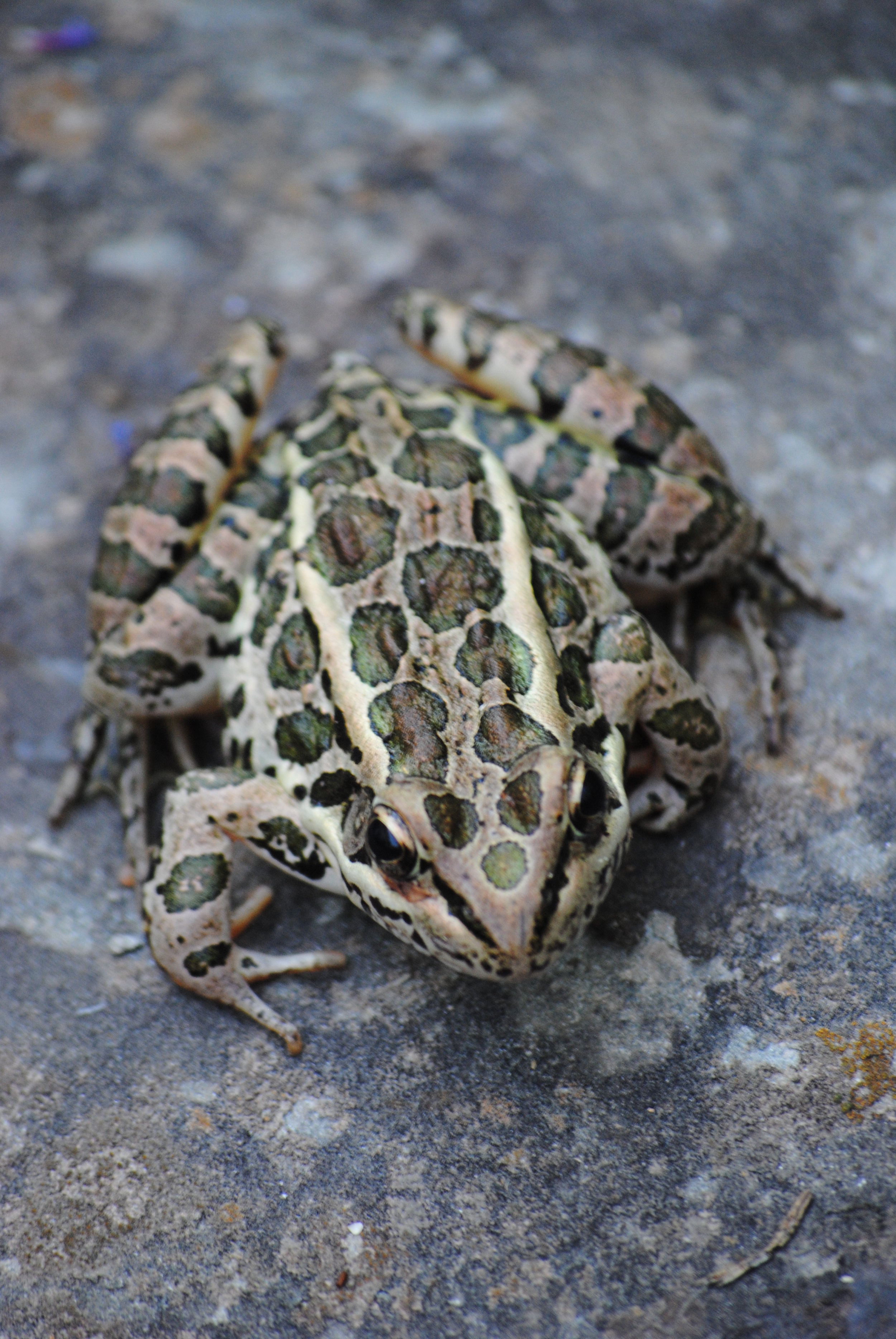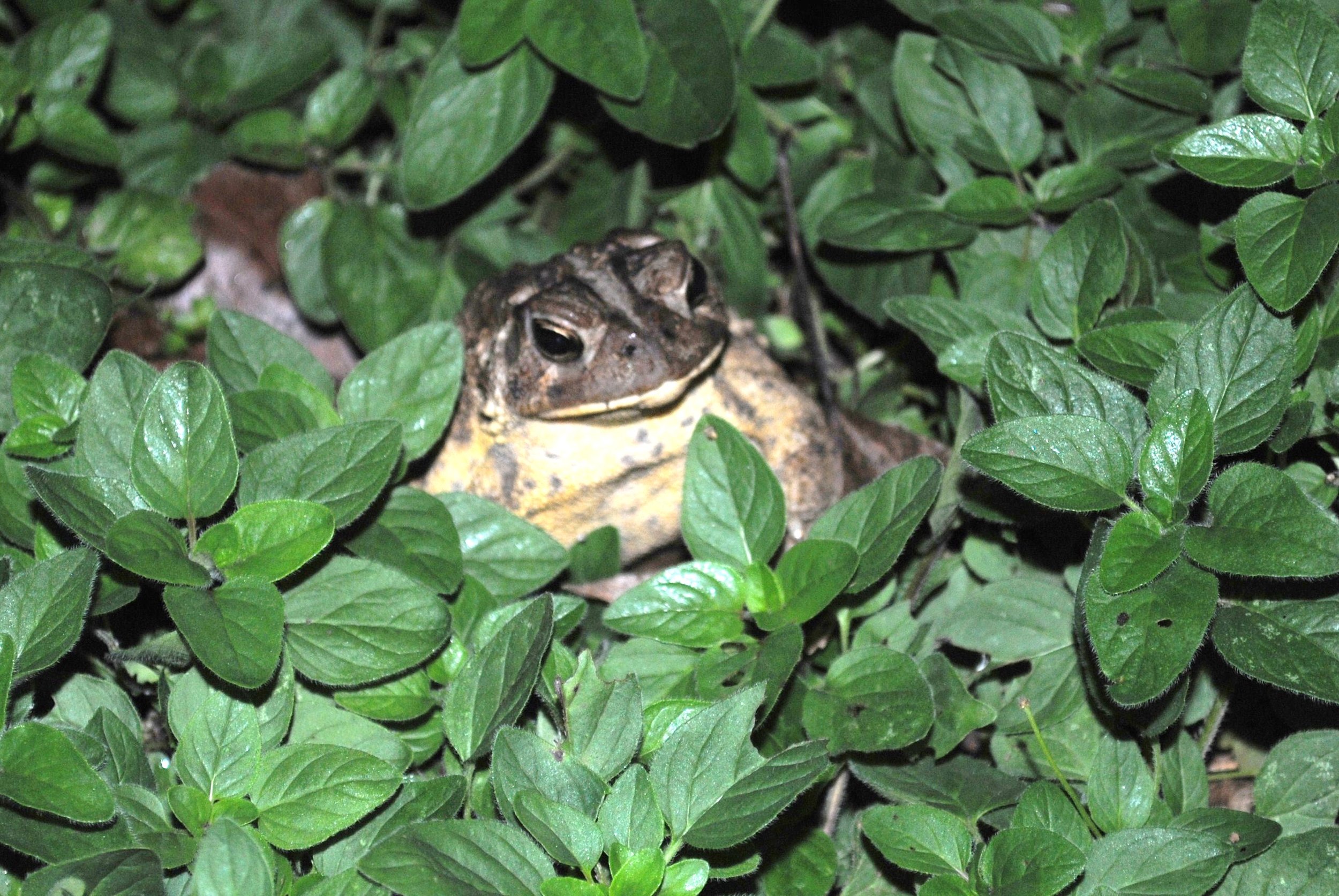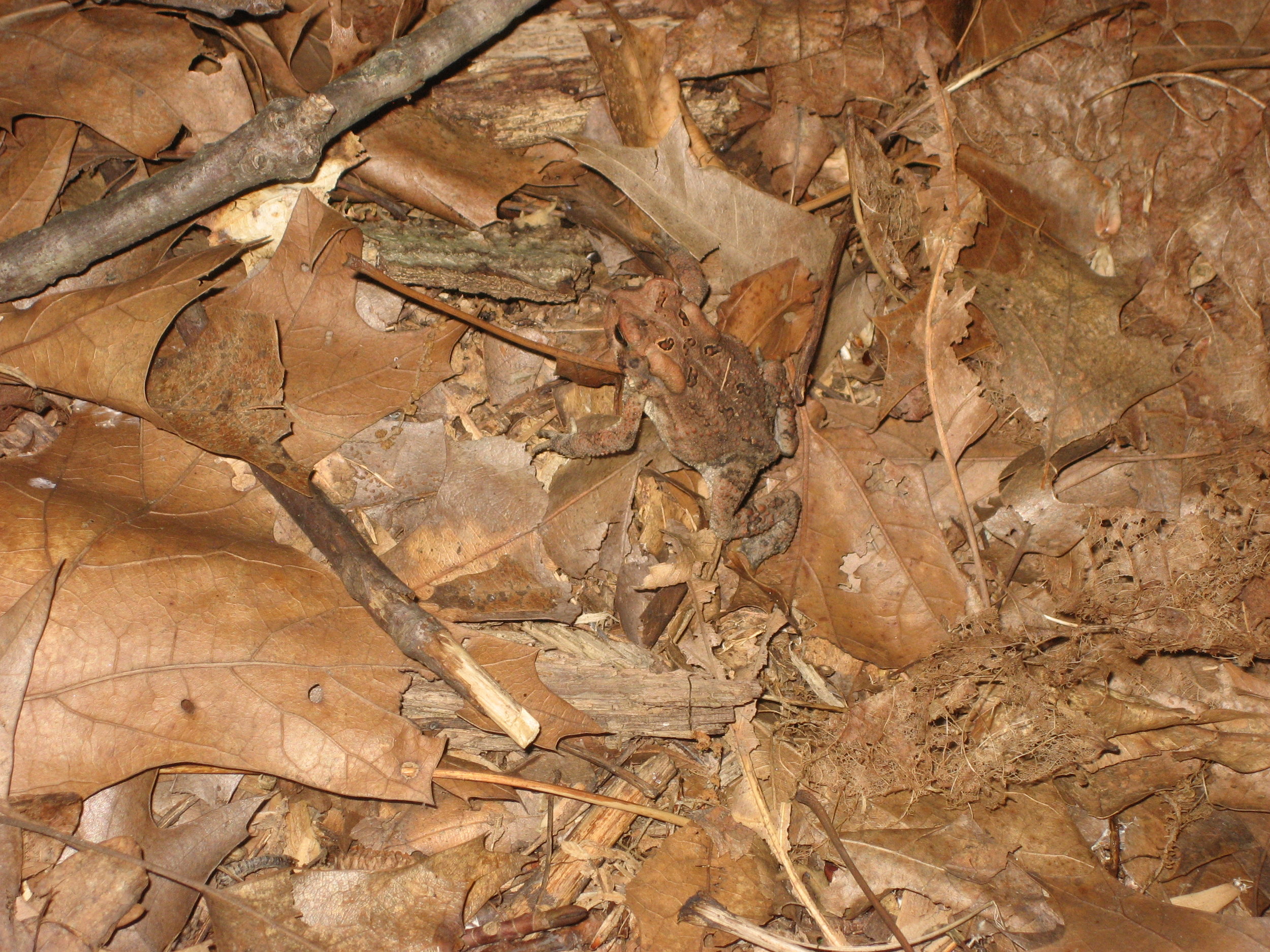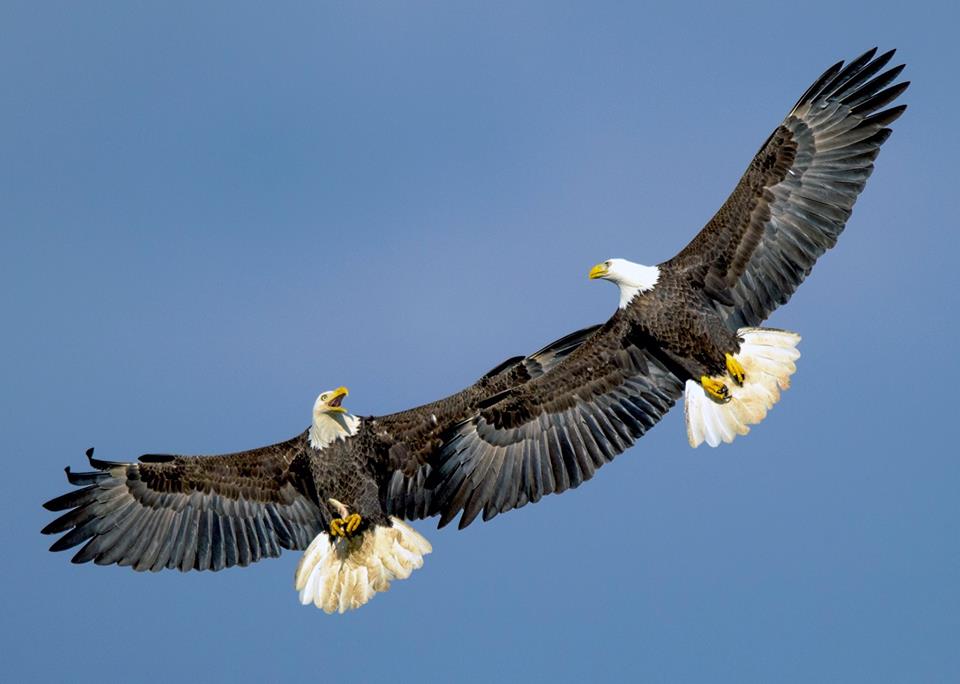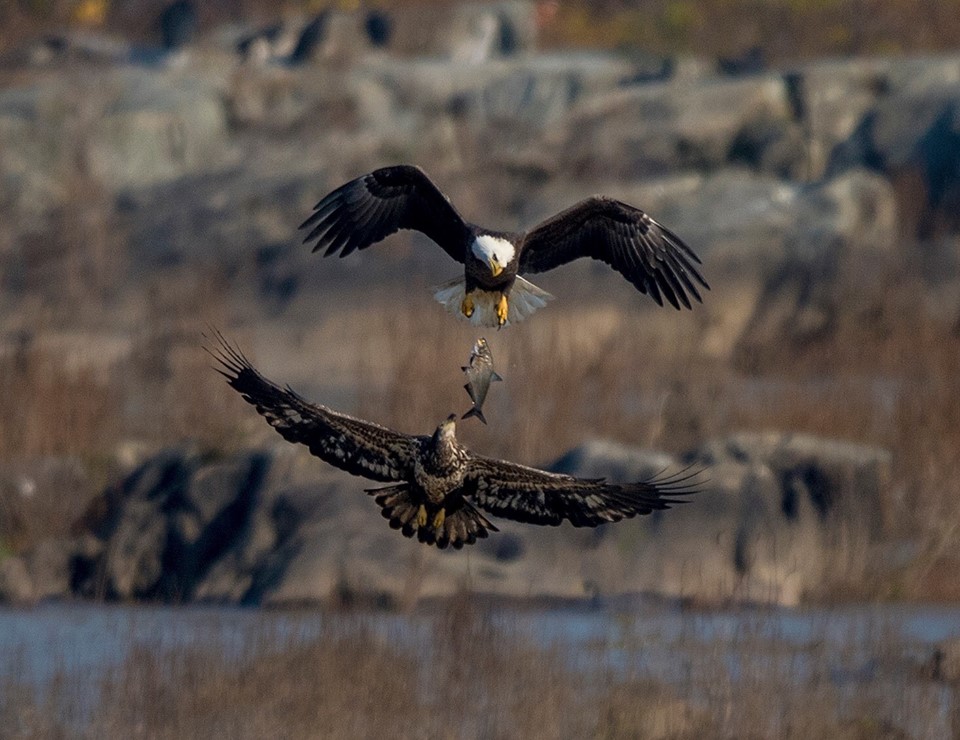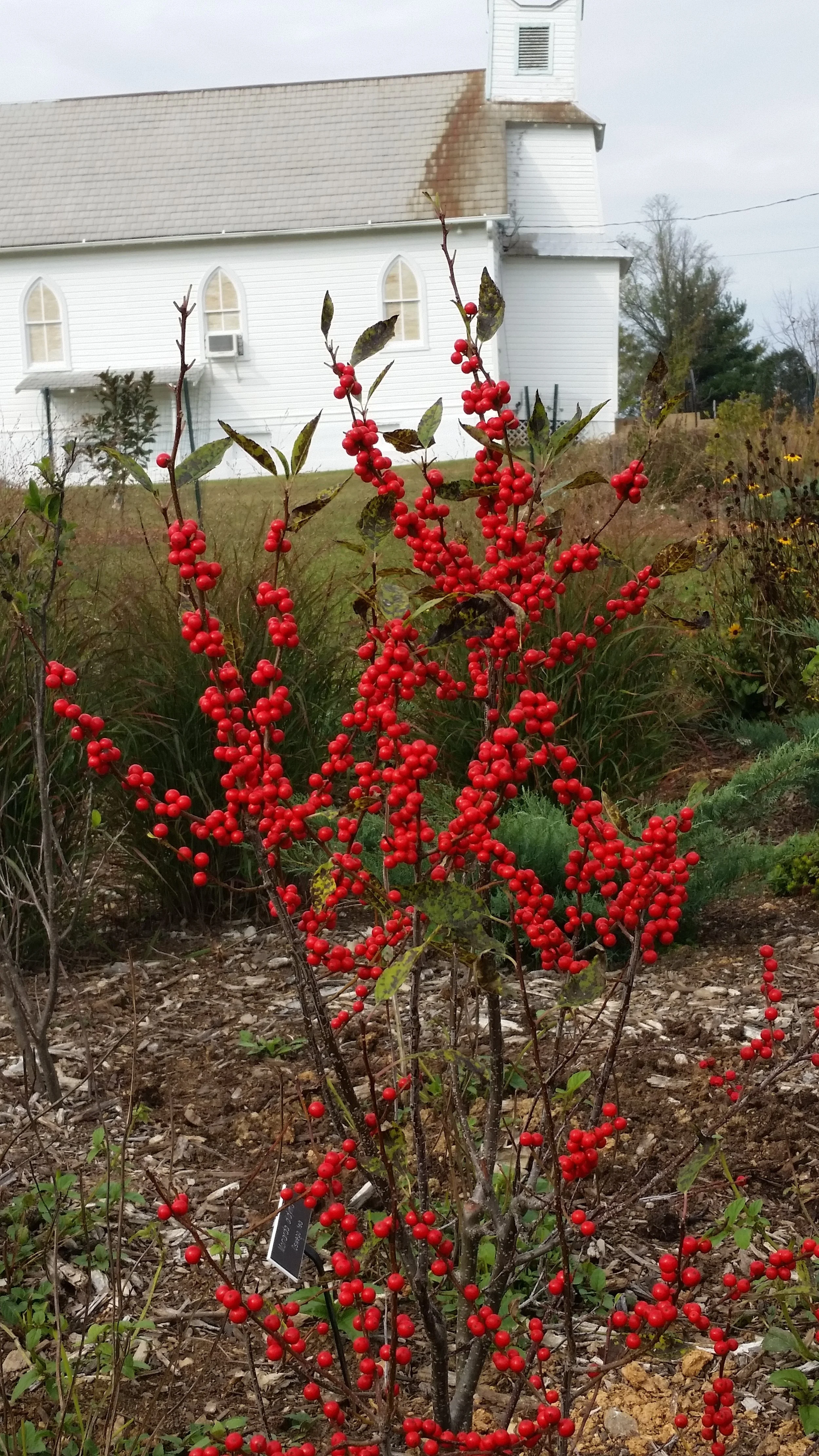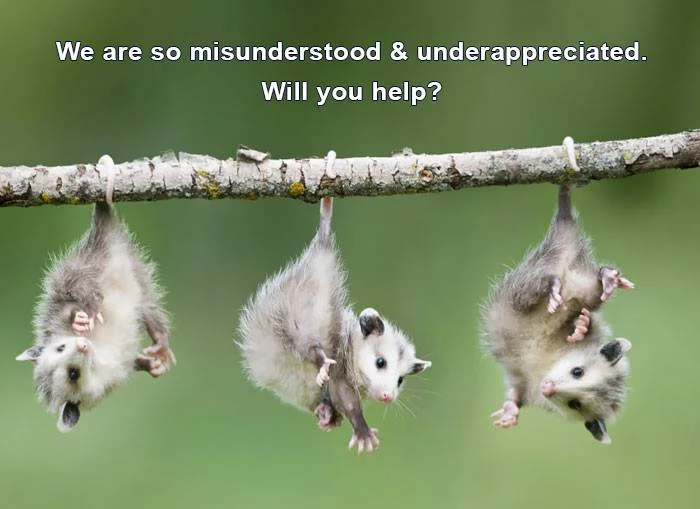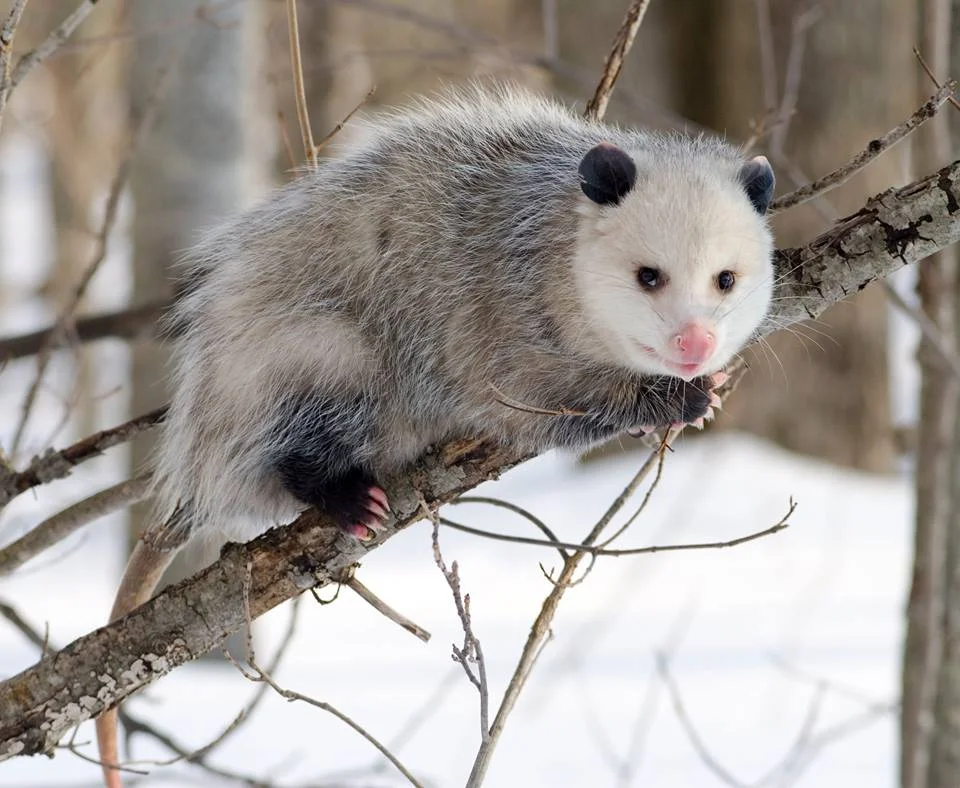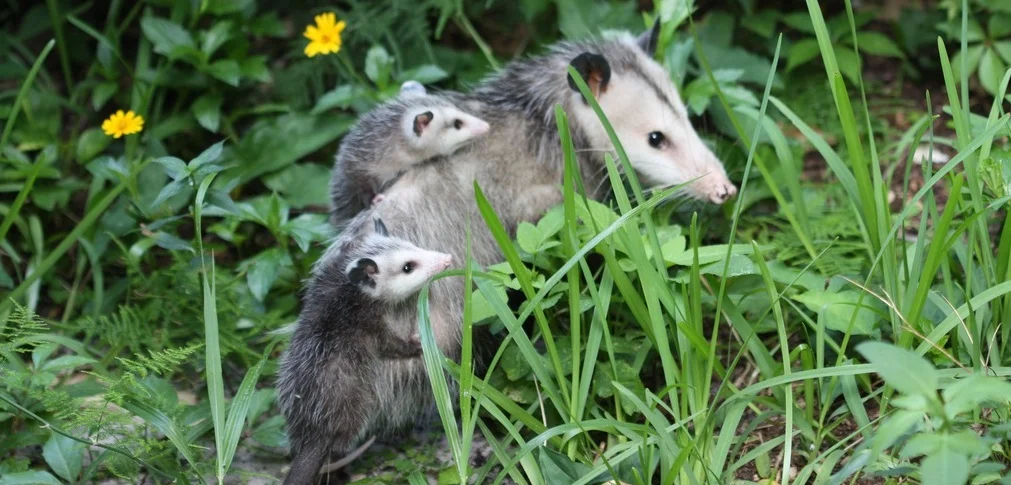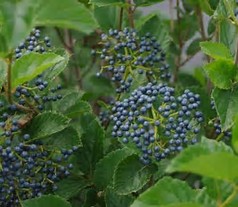Looking ahead at Pleasant View it's helpful to remember the song sung at the 150th celebration, "We've Come This Far By Faith." Leaders at Pleasant View are working to renovate the historic church and school so they can teach local history and be a resource for the community. Our group will continue to care for the native plant garden we have created as a place to educate others on sustainable habitat creation. Our efforts are making a difference. Many of our ~250 Pleasant View volunteers have also begun to increased their efforts to plant natives on their own properties.
Merikay and Jeff continue to work in the garden as they can. If you have even just 30 minutes to share please pull weeds at the garden or around our trees. It makes a difference as small weeds pulled now don't mature to spread or drop seeds. If you want company when you're there contact Merikay and she will join you. merikays@verizon.net
We've added plant tags for many of the plants so visitors and volunteers can learn from our garden. Volunteers who don't know anything about gardening are very welcome to help and ask questions.
Grateful to Dara who is arranging for another 100 donated native plants from Pope Farm. Thanks also to the Chesapeake Bay Trust and the Montgomery County Watershed Protection Fund for the $25,000 grant which has provided for the plants and supplies to create our native plant garden.
Click on photo gallery to see more.












